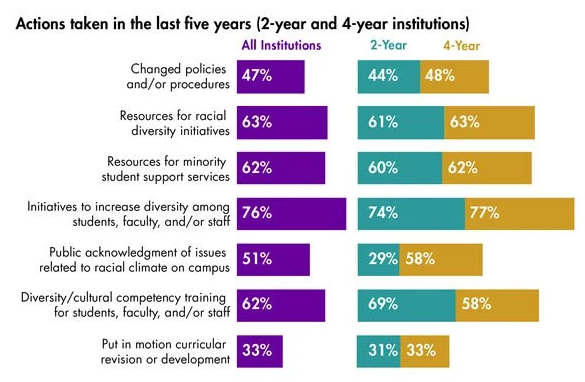More than half of college presidents surveyed said that the “racial climate” on their campuses is more of a priority than it was a few years ago.
By Lisa Wade
Busts of famous Americans on the New York University campus c. 1955. (Photo: Orlando /Three Lions/Getty Images)
A survey of college and university presidents conducted earlier this year suggests that campus activists are making a difference. The American Council on Education asked 567 presidents about their experience with and response to activists on campus organized around racial diversity and justice.
Almost half (47 percent) of presidents at four-year institutions said that such activism was occurring on their campuses and that the dialogue about such matters had increased (41 percent). The majority (86 percent) had met with student organizers more than once and more than half (55 percent) said that the “racial climate” on campus was more of a priority than it had been just a few years ago. The trends for two-year institutions were weaker, but in the same direction.
When asked what concrete steps they had taken to improve the racial climate, presidents reported a range of strategies:

(Graph: The American Council on Education)
As with all activism, progress requires vigilance, so it will be interesting to see how many of these efforts translate into real changes in climate. New policies and procedures can be toothless or even harmful, resources can be misspent and trainings can be terrible, public acknowledgement can be nothing but lip service, and curricular revision can die in committee. Still, this data points to the potential for activism to make a difference and is encouraging for those of us who care about this issue.

||
This story originally appeared on Sociological Images, a Pacific Standard partner site, as “Race-Based Activism Is Changing College Campuses.”





